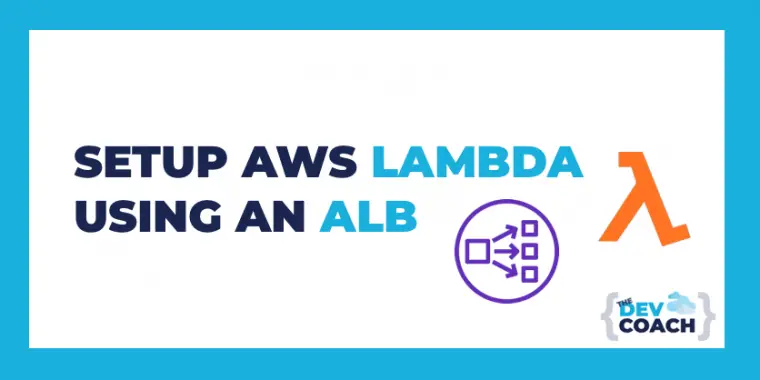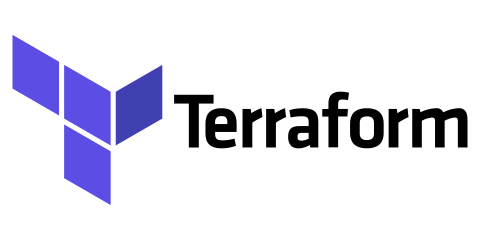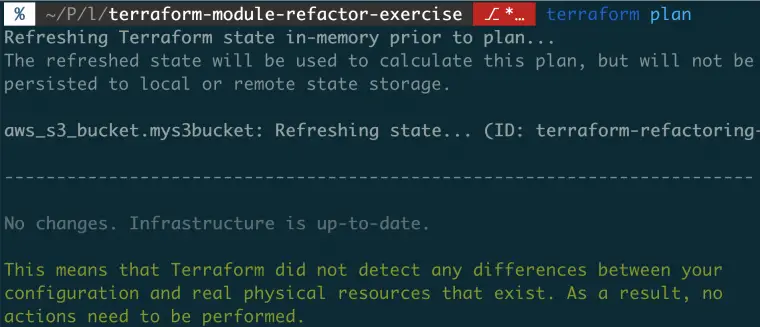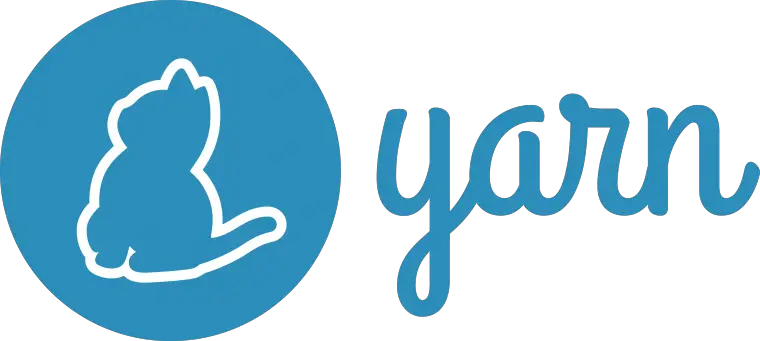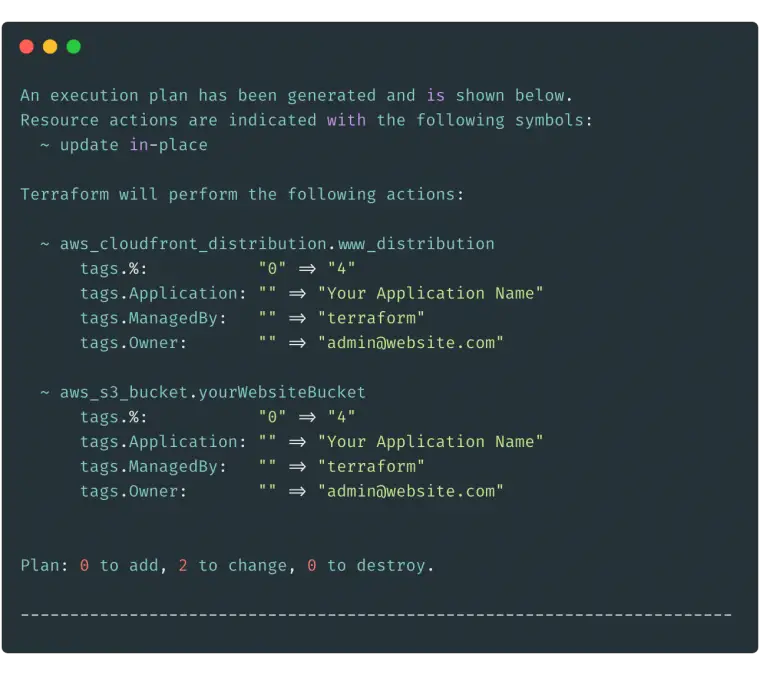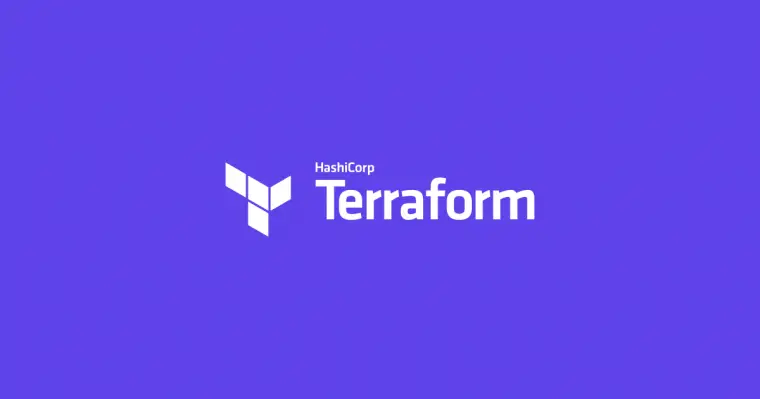Ever had to SSH into a production server to manually copy over files, or to run a command? Palms sweaty and shaking. You don’t know what the outcome of the update will be, and if something goes wrong the system could go down? If you haven’t, you’re one of the lucky ones!

Making manual changes onto an existing server means you’re likely operating with “mutable infrastructure” — whether you know it or not. But, there is another way. And that’s immutable infrastructure. And today we’re discussing exactly that, what immutable infrastructure is, the benefits and the tools you can use to implement it.
By the end of this article you’ll have a clear understanding of what immutable infrastructure is and why it’s important, the pro’s, con’s and trade offs.
